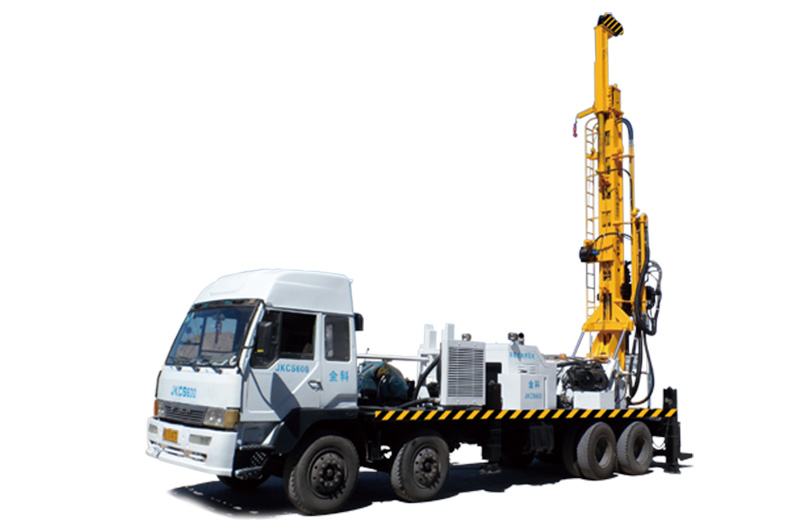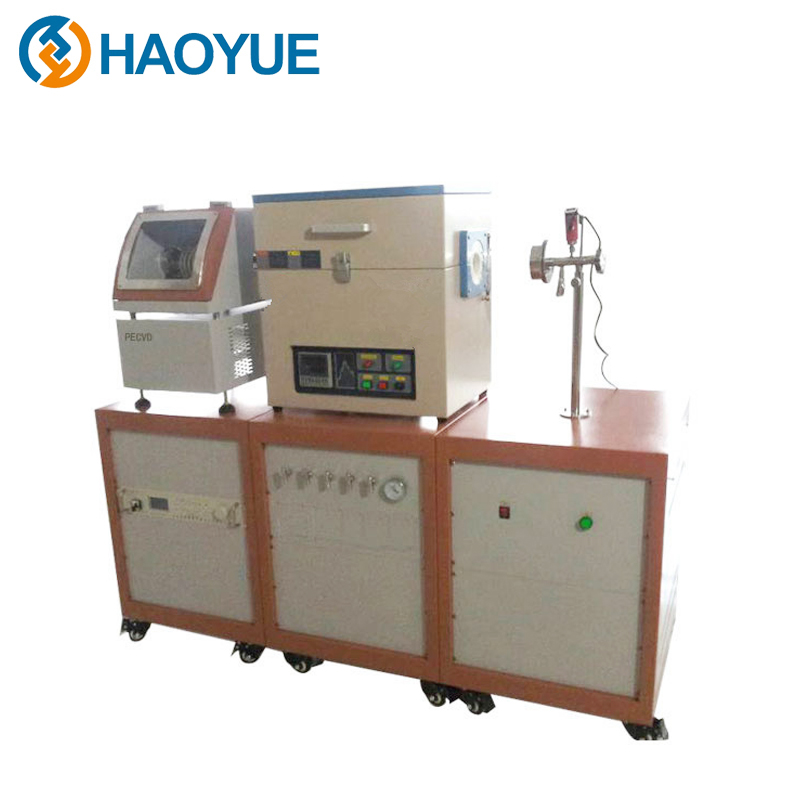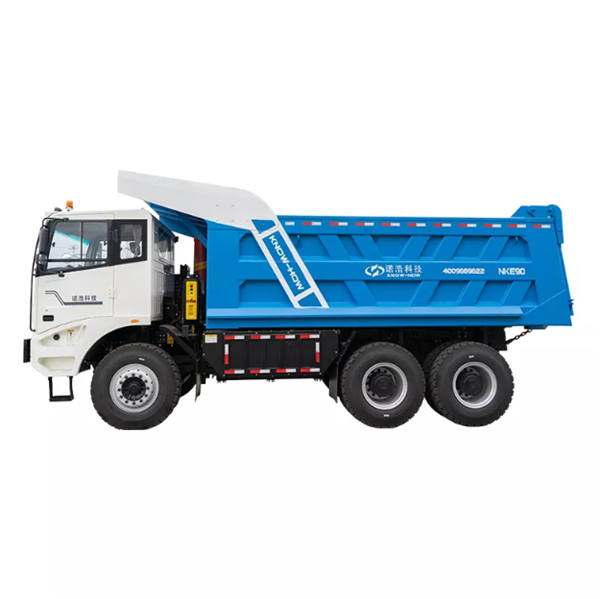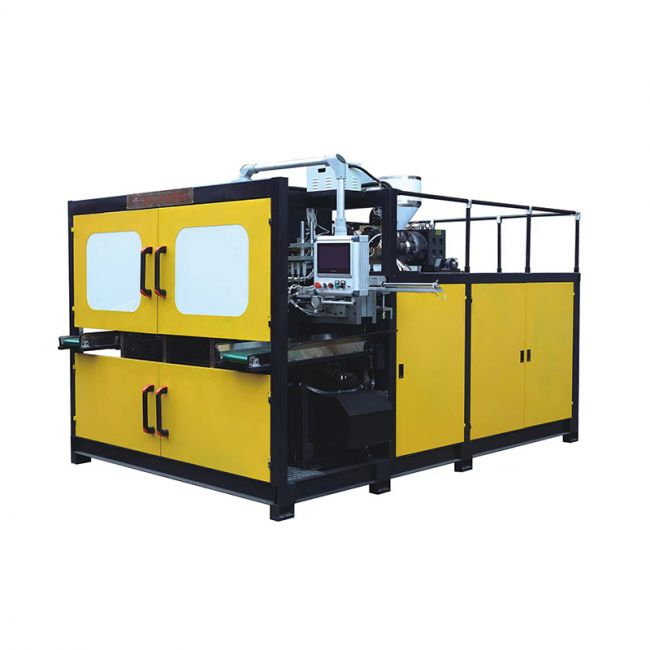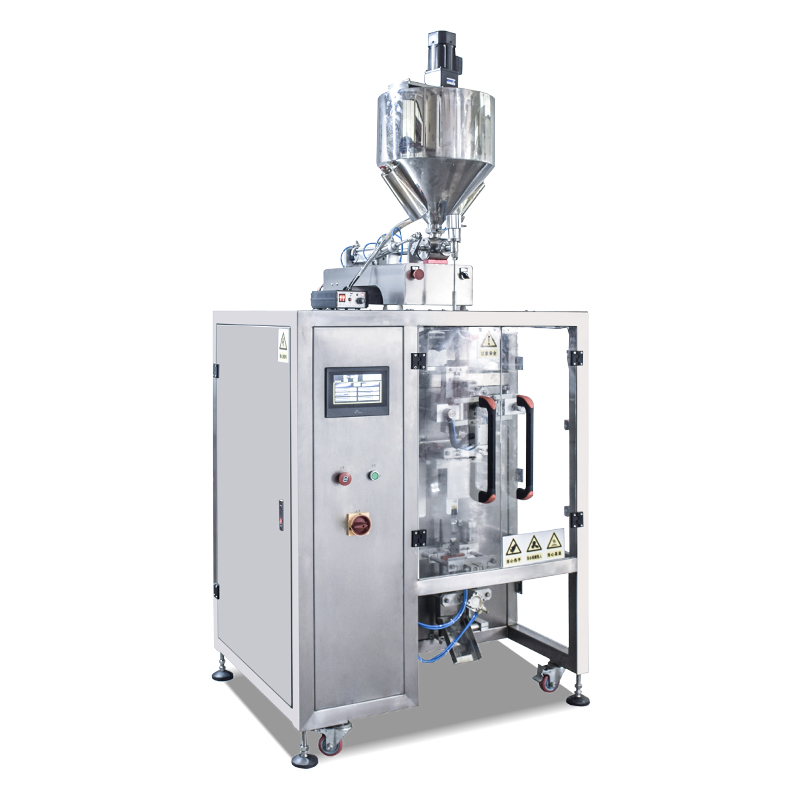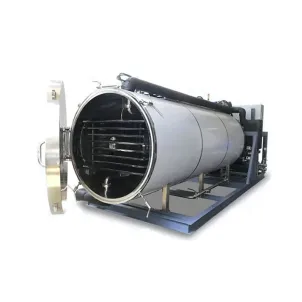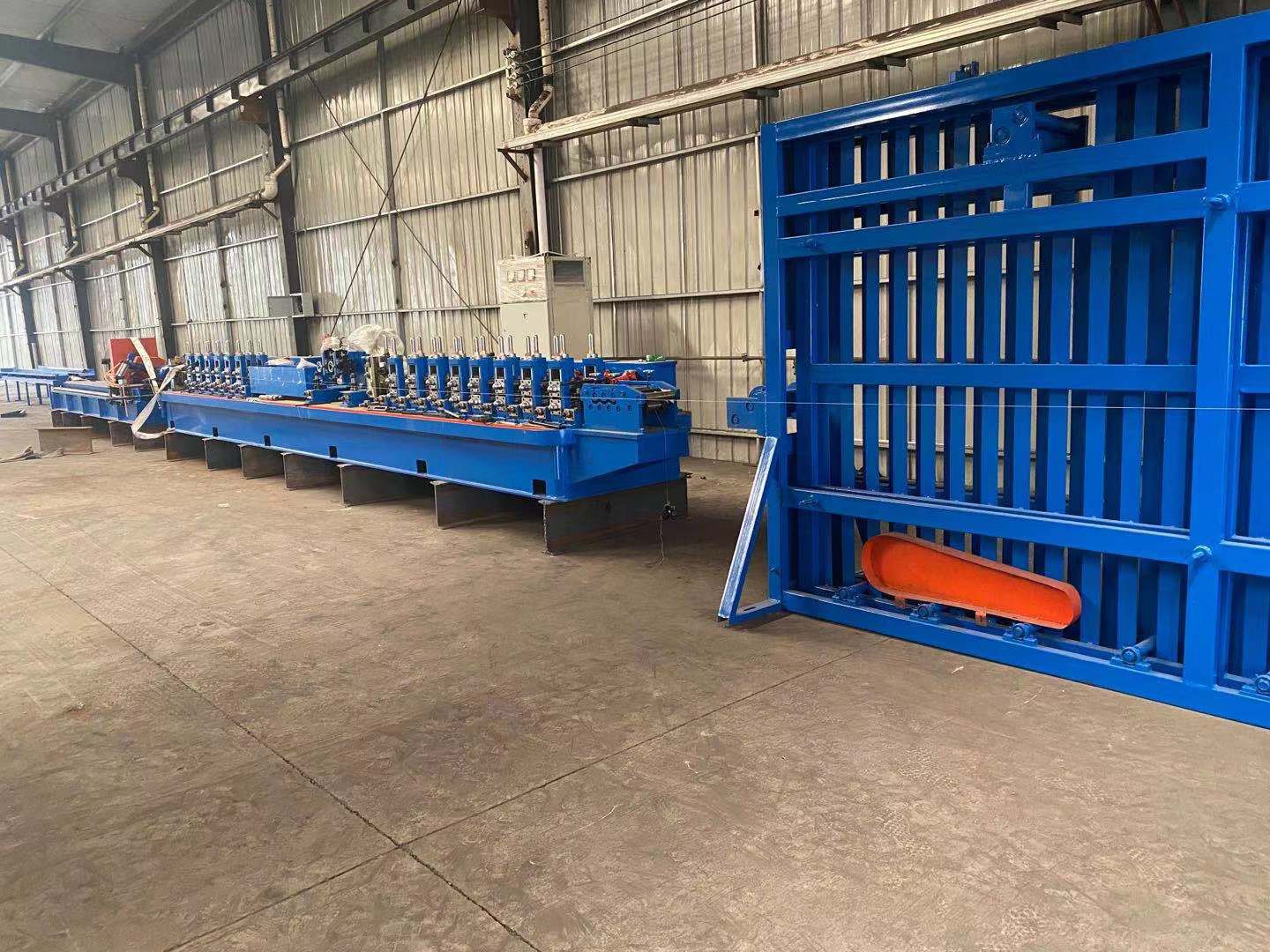What are 5 operations that can be performed on a CNC lathe?
CNC (Computer Numerical Control) lathes are versatile machining tools widely used in manufacturing and metalworking industries. They are capable of performing a variety of operations on workpieces, ranging from simple turning to more complex tasks. In this detailed exploration, we will delve into five key operations that can be performed on a CNC lathe, highlighting their importance and versatility in the world of machining.
Turning: Turning is one of the most fundamental and commonly performed operations on a CNC lathe. It involves the rotation of a workpiece while a cutting tool moves parallel to the axis of rotation, removing material from the workpiece's outer surface. This operation is used to create cylindrical or conical shapes, making it ideal for tasks such as creating shafts, pins, and various rotational components.
Turning can achieve exceptional precision and surface finish. It is essential for creating parts with precise dimensions and smooth, functional surfaces. CNC lathes excel at turning operations, allowing for tight tolerances and consistent results across large production runs.
In turning, various cutting tools can be employed to produce different features, including grooves, tapers, and threads. The versatility of turning makes it a cornerstone of CNC lathe operations.
Facing: Facing is the process of machining the end face of a workpiece to ensure it is flat, smooth, and perpendicular to the axis of rotation. This operation is critical for preparing a workpiece for subsequent machining operations or for achieving specific surface finish requirements.
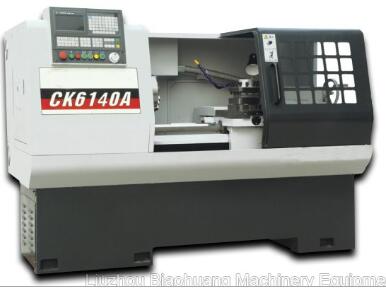
Facing can be performed quickly and accurately on a CNC lathe, ensuring that the end face of the workpiece meets the desired specifications. It is a fundamental operation in many machining workflows, as it establishes a solid foundation for subsequent processes.
Whether it's a small component or a large workpiece, facing on a CNC lathe guarantees that the end face is parallel and square with the outer diameter, which is crucial for proper assembly and functionality.
Drilling: CNC lathes are equipped with the capability to perform drilling operations. Drilling involves the axial movement of a cutting tool into the workpiece to create holes. This operation is used to produce holes of various sizes and depths, depending on the requirements of the project.
Drilling on a CNC lathe is highly precise and efficient, allowing for the creation of accurate holes with consistent dimensions. It is commonly used to produce threaded holes, bores, and other critical features in workpieces.
Additional reading:Welding Precision: Using Pipe Pinching Rotators for Seamless Pipeline Construction.
How Commercial UV Sterilizers Improve Indoor Air Quality in Businesses
Streamlining Your Packaging Process: The Power of Fully Automatic Horizontal Wrapping Machines
EPS Shape Moulding Machine: Shaping the Future of Packaging and Construction
Universal Spline Hobbing Machine: Shaping Precision Gears
What is co extrusion blow molding?
Impact Crushers vs. Jaw Crushers: Which Is Right for Your Crushing Needs?
The ability to drill on a CNC lathe streamlines the manufacturing process by integrating hole-making operations, reducing setup time, and enhancing overall productivity.
Boring: Boring is a precision machining operation that enlarges an existing hole in a workpiece to achieve tight tolerances or specific dimensions. This operation is particularly valuable when precise internal diameters are required.
CNC lathes are well-suited for boring operations due to their accuracy and control. They can bore holes with exceptional precision and repeatability, making them suitable for applications where tight tolerances are critical.
Boring can be used to improve the dimensional accuracy of pre-existing holes or to create internal features such as tapered bores and counterbores. It plays a crucial role in producing components with precise internal geometries.
Threading: Threading is the process of cutting threads on the exterior or interior of a workpiece. External threads are created on cylindrical workpieces, while internal threads are produced within holes. Threads are essential for creating components with screw threads that are integral to assemblies, fastening, and connecting parts.
CNC lathes are well-equipped to perform threading operations with precision and consistency. They can generate threads with various profiles and pitch sizes, meeting the specific requirements of a project.
Thread cutting on a CNC lathe involves synchronizing the movement of the cutting tool with the rotation of the workpiece, resulting in accurate and well-defined threads. This capability is indispensable for manufacturing threaded components such as bolts, nuts, and threaded rods.
In conclusion, CNC lathes are indispensable tools in the world of machining, and their versatility is evident in the diverse range of operations they can perform. Turning, facing, drilling, boring, and threading are just a few of the essential operations that Biaohuang CNC lathes excel at. These operations are the building blocks of precision manufacturing, enabling the creation of components with tight tolerances, smooth surfaces, and complex geometries. The computerized control system of CNC lathes enhances accuracy, repeatability, and efficiency, making them essential tools for modern manufacturing processes across various industries. As technology continues to advance, CNC lathes will likely play an even more significant role in the production of high-precision components and parts.
Optimizing Air Quality: The Benefits of Custom Industrial Fans
What is a Drilling Rig and Why is it Used?
Motor & Propeller Test Kit: A Comprehensive Guide
Unleashing the Underground: A Comprehensive Guide to DTH Hammers
How to Choose the Right Concrete Batching Plant for My Construction Project?
Universal Joint: Definition, Working Principle, Applications, Advantages, Disadvantages
How Can DTH Drilling Rig Save Money On Fuel Consumption?




